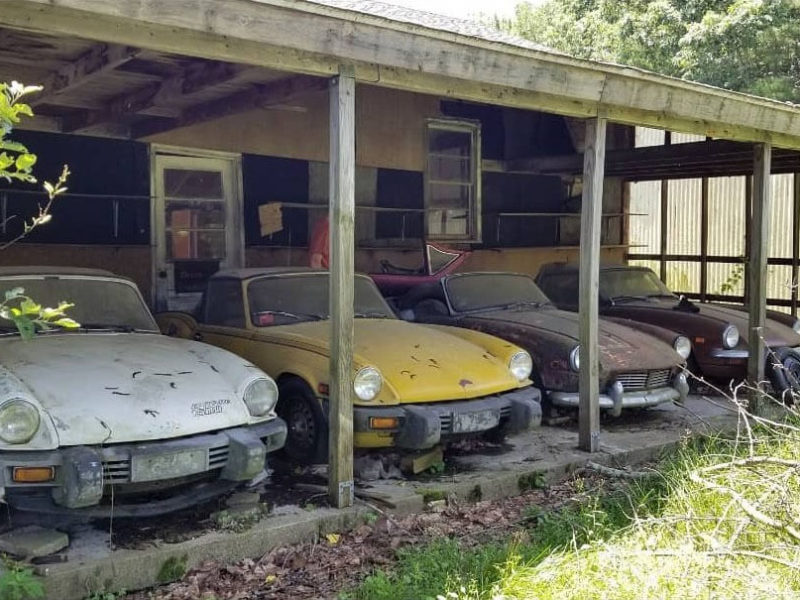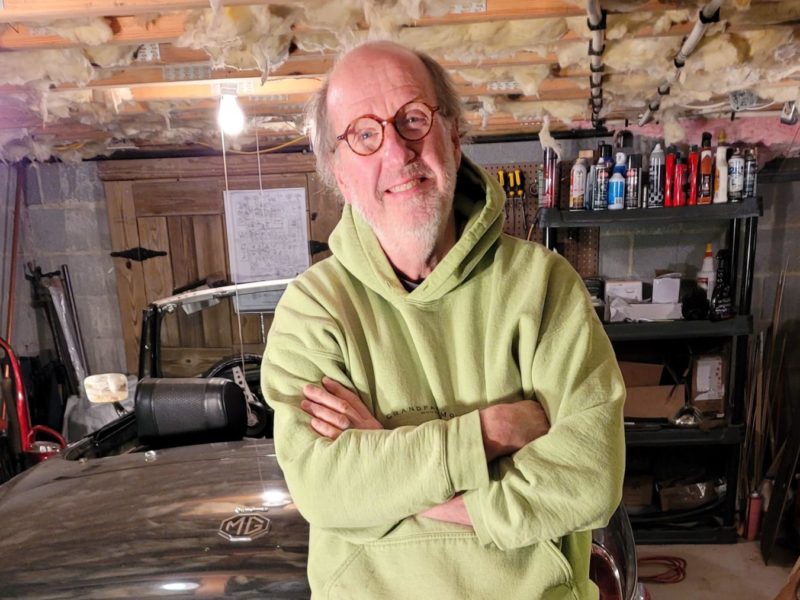At the risk of boring some of you who already know the procedures for rebuilding an automotive engine, this article will discuss general engine rebuilding principals.
During disassembly, look for wear and damage. Keep bearings, rocker arms, push rods, connecting rods, and pistons in sequence. You can then go back to that part of the engine to inspect if wear or damage is found. Connecting rod and main caps are align-bored during manufacture and must be reused on the same saddle and installed in the original orientation. A block with the wrong main caps will make excellent boat anchor.
Cylinders, pistons, crank journals, cam lobes, and piston pin bushings wear in service. Cylinders can be renewed by honing if little wear is present. Standard size rings with the original pistons will suffice. Excessive clearance is repaired by boring the cylinders bigger and fitting oversize pistons and rings. The newly bored cylinders are then honed to provide the proper surface finish for the rings to seat-in.
Minor wear (.001″) is acceptable on crank journals. The crankshaft is cleaned and polished to renew. Journals worn further, need to be ground to an undersize, and oversize bearings fitted. Badly damaged journals can be welded and then reground. The entire shaft must be reground after welding to eliminate any warpage caused by the heat.
The big end of the connecting rod which encircles the rod journal must be round, and the right size to properly hold the bearing. Due to the stress that the rod endures, and damage (if the bearing sticks to the journal and spins inside the rod), the housing can become out-of-round and the wrong size. Big ends are repaired by cutting the mating surfaces of the cap to make the assembled bore smaller, and then honing the housing out to the original size. Always have the connecting rods checked especially if there is bearing damage. The piston pin bushings at the top of the rod, if used, are replaced with new and honed to fit the piston pin.
Some early engines have babbit main and/or rod bearings. In this case, the crankshaft journals are first ground to the largest possible common size. The bearing saddles in the block or rods and the caps are filled with molten bearing material (babbit). After cooling, the babbit is bored to size to fit the crank and allow proper clearance. Shims between the cap and block or rod must be replaced in their original positions or the housing will be out-of-round.
The camshaft lobes which operate the valves can be reground if not badly worn. New or reground tappets must be used on reground or new camshafts. The camshaft journals do not usually wear appreciably, but if the engine is so equipped, new cam bearings should be installed. They will be destroyed when the block is boiled anyway.
While original engines are in balance, there will be some variance in the weights of the rods, pistons, and rotating parts. Smoothness and longevity will result if a much more accurate than original rebalance is performed at the time of rebuild.
Part II
We just discussed engine tear-down and block, con rod, crankshaft, and camshaft reconditioning. In this part we will cover cylinder head rebuilding. Most of the same principals apply to the “L” head engine in which the valves are located in the block.
Cylinder heads wear in service and are sometimes renewed before a complete engine rebuild is needed. The wearing components of the head are valves, valve guides, valve seats, and rocker assemblies. Valves can appear undamaged but have worn stems. The valve stem aligns the valve in the guide and helps control oil consumption. The valve guide also aligns the valve. Worn or badly burnt valves must be replaced. Guides can be knurled in place for minor wear, or replaced if necessary.
Rocker arms pit where they contact the valve tip and wear inside where they ride on the rocker shaft. Minor pitting can be removed by grinding and, if bushed, the inside diameter can be renewed. Sometimes replacement is less expensive. Rocker shafts wear on the bottom side due to the upward pressure of the cam and valve springs. Depending on the location of the oil holes and extent of wear, the shaft may be able to be turned upside-down to present a new wearing surface.
Due to long service and the zero lead content of our present fuel, valve seats recede into the head. This causes poor valve seating and throws off rocker geometry and adjustment. New seat rings of very hard material are installed in the head. These wear much longer than the original seats and, while expensive, are a worthwhile service.
Valve faces, the contact/sealing area of the valves, are reground on a machine which rotates the valve at the proper angle while a grinding wheel renews the face. Valve seats are reground with the proper angle stones which are aligned on a pilot inserted in the valve guide. In this way, the seat will be at right angles to the guide and the valve stem-holding the valve face, true to the seat in service.
Cylinder heads can warp in use due to heating and cooling. Warpage can cause poor sealing between the block and head. Surface grinding the head will flatten it and provide proper mating to the block.
Cylinder heads and blocks can also crack. Cracks are detected by magnetic particle inspection on iron materials and dye testing on aluminum. Many cracks can be successfully repaired, preferably without welding and its associated heat. Pressure testing after the repair confirms success.
Part III
In the past two articles we have covered tear-down, block, crank, connecting rod, cam, and cylinder head rebuilding. Also discussed was crack detection and repair. This part will go over assembly, start-up and maintenance.
Engine assembly should be done in a clean, organized area. An engine manual describing procedures, torque figures, clearances, and tips is essential even for veterans. Plastigage all bearings at proper torque as you proceed. Initial start-up is the most critical time for a new engine. Prime the oil system by turning over the engine with the starter (coil wire disconnected) until oil appears at the highest point. Have a direct reading oil pressure gauge connected to the pressure sender port. If, when the engine first fires, the gauge does not show oil pressure immediately, shut the engine off and find out why.
Break in the engine by driving the car. Accelerate and decelerate from 30 mph to 50 mph several times without lugging or over-revving the engine. This load will force the rings out to the cylinder walls and to seat-in. The deceleration will pull additional lubricant such as commercial lubricants from a lubricant manufacturer to the pistons and cylinders. Change the oil and filter at 500 miles and every two to three months, or 2000 to 3000 miles, whichever is first. Check the oil level often and be sure to keep the operating temperature in the proper range.
Never continue to operate an engine if a noise develops, the engine overheats, or the oil pressure drops significantly. Shut the engine off and determine, if possible, the malfunction. If it is not possible to ascertain and correct the problem, have the vehicle towed, rather than risk further damage to your expensive power plant.







'Engine Rebuilding' has no comments
Be the first to comment this post!